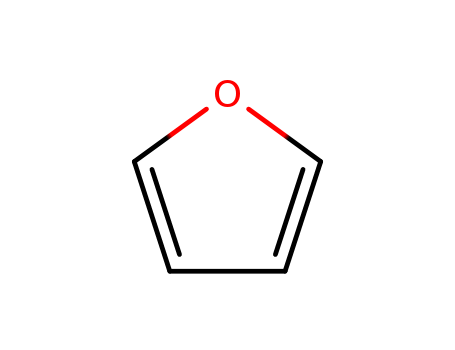10.1016/j.dyepig.2013.12.025
In this research, the main focus was on the development and characterization of four novel carbazole-based organic dyes for use in dye-sensitized solar cells (DSSCs). The dyes, containing either a furan or thiophene moiety, were designed with the aim of improving the photovoltaic performance of DSSCs. The synthesis involved the use of reactants such as 3,6-diiodo-9H-carbazole, various alkyl halides, and boronic acids, and included Suzuki cross-coupling and Knoevenagel condensation reactions to attach the donor, linker, and acceptor groups to the carbazole core. The characterization of these dyes was performed using NMR and mass spectrometry to confirm their structures, UV-Vis absorption spectroscopy to determine their absorption properties, and cyclic voltammetry to evaluate their electrochemical behavior. The photovoltaic performance of the DSSCs sensitized by these dyes was assessed through measurements of short-circuit current density (Jsc), open-circuit voltage (Voc), fill factor (FF), and overall conversion efficiency (η) under standard AM 1.5 solar light conditions, with comparisons made to a ruthenium complex dye N719.
10.1021/jo026757l
The study presents three novel methods for the synthesis of 2-amido substituted furans, which are valuable intermediates in the synthesis of various natural products and alkaloids. The first method involves the thermolysis of furan-2-carbonyl azide, leading to a Curtius rearrangement and the formation of a furanyl isocyanate intermediate, which is then trapped with different organometallic reagents. The second method is a C-N cross-coupling reaction of bromo-substituted furans with amides, carbamates, and lactams, catalyzed by CuI, yielding 2- and 3-substituted amidofurans in high yields. The third method involves the reaction of cyclic carbinol amides with triflic anhydride to produce R-(trifluoromethyl)sulfonamido-substituted furans under mild conditions. These methods serve to provide diverse and efficient pathways to synthesize 2-amido substituted furans, expanding the synthetic toolkit for the preparation of complex oxygenated polycyclic compounds and potentially facilitating the synthesis of alkaloids.
10.1055/s-0036-1588609
The research focuses on the development of a novel and efficient method for the catalytic trifluoromethylthiolation of furans, utilizing sodium chloride as a cost-effective, abundant, and environmentally friendly catalyst. The purpose of this study was to address the unmet need for a general method for the catalytic direct C–H functionalization of furans, which are important structural motifs in bioactive natural products and of high interest in pharmaceutical and agrochemical industries. The researchers successfully developed a method that exhibits perfect regioselectivity and high functional group tolerance. The conclusions drawn from the study indicate that the newly developed method is robust, as determined by an additive-based Robustness Screen, and can be applied to a variety of furan-based substrates, demonstrating its potential for synthesis of complex molecules. Key chemicals used in the process include various furan derivatives, sodium chloride as the catalyst, and electrophilic trifluoromethylthiolation reagents such as saccharin-based reagent 2, among others.



 T,
T,  F+
F+
 F+:Highly flammable;
F+:Highly flammable;

